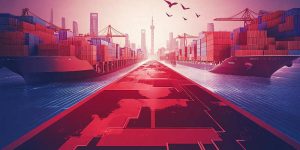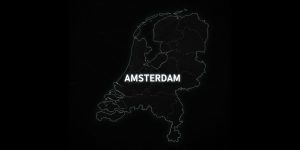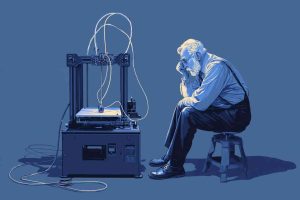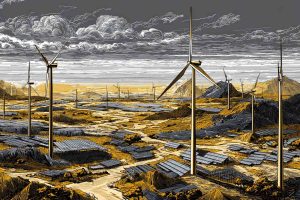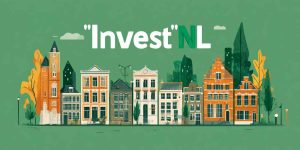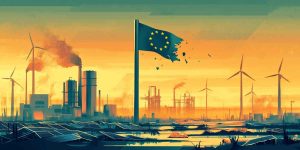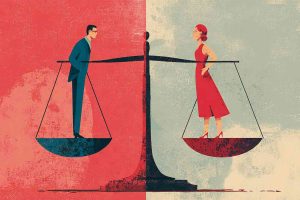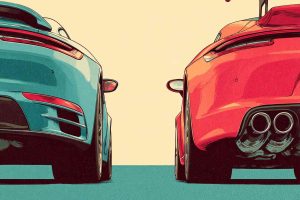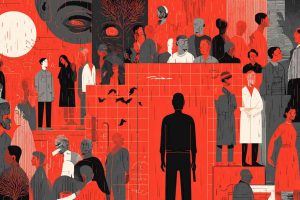The AI bubble: risk, reward, and lessons from history
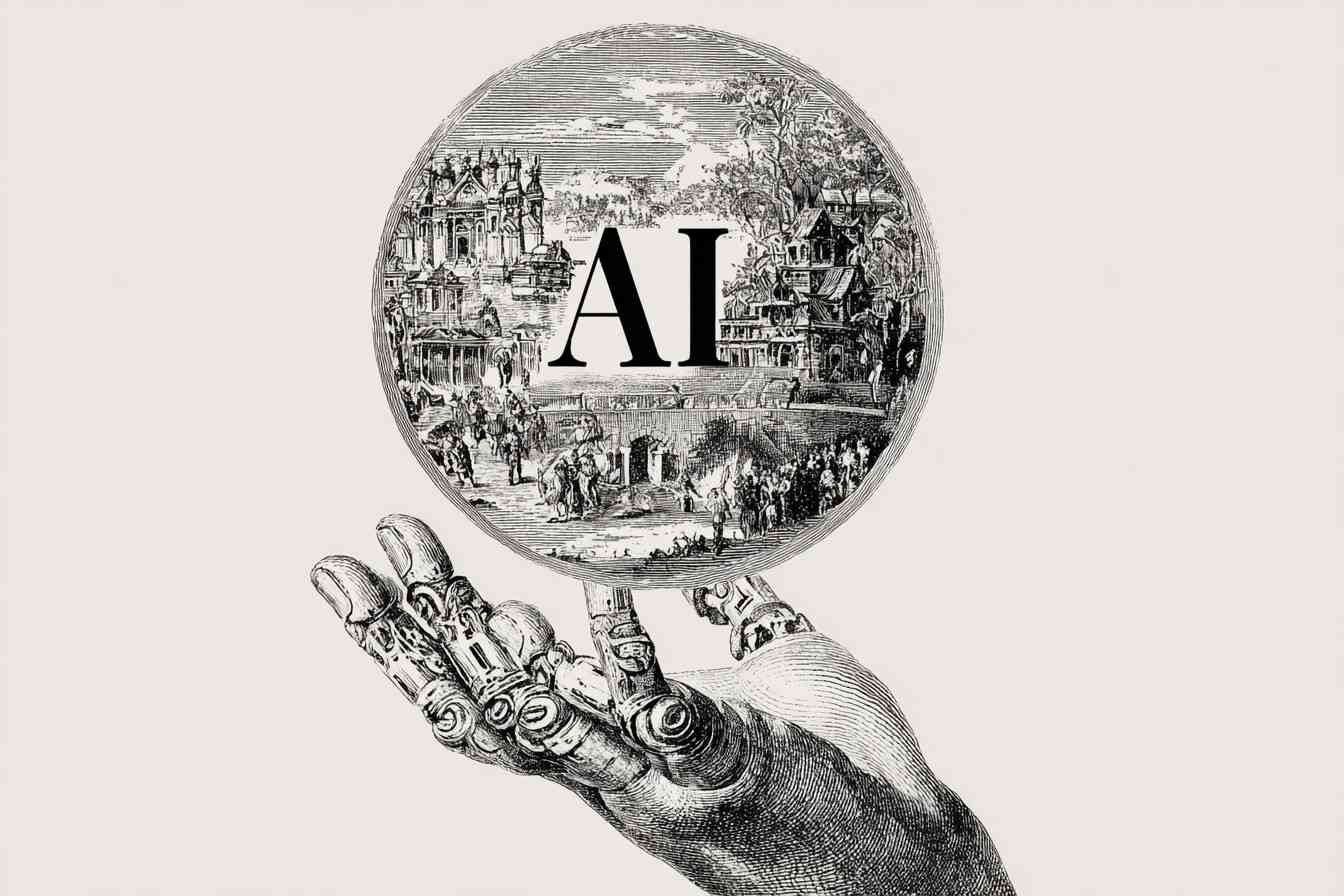
A pattern as old as innovation
Technological revolutions have always attracted both fascination and speculation. Every period of breakthrough , from railways in the 19th century to the internet in the 1990s , follows a familiar pattern: a new technology generates excitement, investors pour enormous sums into companies with untested business models, valuations soar, and eventually reality intervenes. Even when bubbles burst, they often leave lasting changes in economies and societies (Technological Revolutions and Financial Capital Carlota Perez).
Today, artificial intelligence (AI) represents the latest iteration of this phenomenon. Investment is surging, public hype is unprecedented, and companies promise solutions that could transform entire sectors. Historical examples suggest that even if the value of some companies collapses, AI will likely have a lasting societal impact that extends far beyond financial speculation.
The railway bubble: the first major technology mania
The 19th-century railway bubble in Britain is one of the earliest well-documented examples of a technological bubble. In the 1840s, thousands of investors were attracted by the promise of economic growth, trade, and rapid transport. Shares in railway companies soared to absurd levels, often disconnected from actual revenue (The Railway Mania and Its Lessons Christopher Freeman).
At its peak, over 6,000 miles of railway lines were authorized for construction, far more than the market could support. Many companies existed only on paper, and some never laid a single track. By 1847, the market collapsed, investors lost fortunes, banks failed, and confidence in financial institutions was severely shaken (Railways and British Economic Growth Roderick Floud).
Yet the impact was not entirely negative. The surviving railway lines became the backbone of Britain’s industrial growth. Transport became faster, trade expanded, and cities could grow. Speculation accelerated infrastructure development that might otherwise have taken decades (Technological Revolutions and Financial Capital Carlota Perez).
Parallels with AI
Like railways, AI today is both a technological breakthrough and a speculative market. Investments are flowing into companies claiming to transform entire sectors, from healthcare to law. Some startups have valuations disproportionate to their revenue or assets, similar to the exaggerated valuations of 19th-century railway companies (AI Startup Valuations and the Bubble Reuters).
The electricity and radio bubbles: the roaring twenties
In the early 20th century, electricity and radio followed a similar pattern. When electric lighting, household appliances, and radio broadcasts emerged, enormous investment hype ensued. In the United States, stocks in electricity companies and radio manufacturers often traded at 10- or 20-times annual earnings (The Great Electrification Boom, Thomas P. Hughes).
The radio boom of the 1920s is particularly illustrative. Radio companies received absurdly high valuations based on the idea that everyone would adopt radio listening. When overvaluation corrected, many small investors lost their wealth, but the infrastructure remained. Within a few years, radio became a widespread medium and a new economic sector, leading to innovation in music, advertising, and news dissemination (Radio’s Golden Age, Susan Douglas).
Lessons for AI
These examples show that speculation often accelerates the development of infrastructure. Just as railways, electricity, and radio left behind infrastructure that proved useful for decades, today’s AI hype is building data centers, powerful computing clusters, and human expertise. Even if some companies fail, the accumulated knowledge will remain available for future applications (AI Infrastructure Expansion MIT Technology Review).
The dot-com bubble: internet and digital euphoria
The 1990s brought the dot-com bubble. Companies with no revenue but with a “.com” name were valued at billions (Dot-Con: The Greatest Story Ever Sold John Cassidy). When the bubble burst around 2000, enormous wealth vanished, but the technology, infrastructure, and talent pool remained. Amazon, Google, and eBay survived, and the foundations for the modern internet were laid (Internet Histories and Corporate Evolution Andrew L. Russell).
Parallels with AI
Today, a similar pattern is evident: high valuations, overhyped promises, and a flood of investment in companies with uncertain revenue models. OpenAI’s hundreds-of-billions valuation and the rapid rise of AI startups show striking parallels with the dot-com hype (AI Startup Funding Frenzy MarketWatch). Yet the infrastructure and knowledge being built now will endure, regardless of financial corrections.
Carlota Perez: the four phases of technological revolutions
Carlota Perez describes four phases of a technological revolution in Technological Revolutions and Financial Capital:
- Installation – the emergence of a new technological base.
- Crisis – speculation leads to a bubble and subsequent correction.
- Deployment – broad, sustainable adoption of the technology.
- Maturity – optimization and stabilization across society and the economy (Technological Revolutions and Financial Capital Carlota Perez).
AI is currently in the late installation phase. Speculation is high, valuations are inflated, and public attention is intense. A correction is likely, but it will probably lead to wider implementation and integration of AI across sectors.
Risks of the AI bubble
The AI bubble carries several risks:
- Overvaluation and collapse: some companies will fail to meet ambitious revenue targets (AI Market Risks Goldman Sachs).
- Labor market disruption: cognitive tasks are being automated, threatening jobs in customer service, translation, programming, and more (AI and Employment McKinsey).
- Concentration of power: major AI players may gain enormous control over data and algorithms, increasing inequality and political influence (AI Oligopolies Brookings Institution).
- Energy consumption: large-scale AI models use massive amounts of electricity, creating environmental challenges (Energy Use in AI IEA).
The constructive side of speculation
Speculation is not purely harmful. Railways, electricity, radio, and the internet show that bubbles can accelerate innovation and produce infrastructure. The AI hype is driving the construction of data centers, high-end GPUs, and human expertise, which will enable future applications. Even if many companies disappear, the technology built will remain and can be repurposed for broad societal benefits (Technological Revolutions and Financial Capital Carlota Perez).
Productivity and societal impact
AI has the potential to deliver enormous productivity gains: in healthcare through faster diagnoses and drug discovery (AI in Medicine Nature), in education through adaptive learning (AI in Education UNESCO), and in industry and logistics through process optimization (AI Productivity Impact OECD). These societal benefits may far exceed the financial losses during a bubble.
The paradox of progress
Innovation and speculation are closely intertwined. Without investment hype, many infrastructure projects and technological breakthroughs would proceed more slowly. The challenge is that speculation creates risk and inequality, while simultaneously building resources and knowledge that enable fundamental change. Unlike a purely financial crisis, such as the 2008 housing collapse, a technological bubble leaves tangible, lasting value behind.
From bubble to integration
When the AI bubble corrects, surviving companies will shape the future. Practical applications will dominate, while speculative ventures fail or pivot. AI will gradually become an everyday technology, just as electricity and the internet did. Governments and institutions will also be better able to establish regulations and ethical frameworks, making the technology safer and more useful for society (Railways and British Economic Growth Roderick Floud, Internet Histories and Corporate Evolution Andrew L. Russell).
Conclusion
The AI bubble is a repetition of a centuries-old pattern: speculation, overvaluation, correction, and eventual integration. Historical examples from railways, electricity, radio, and the internet show that financial losses are temporary, while infrastructure, knowledge, and technological progress persist. AI will likely have a lasting impact on productivity, healthcare, education, and innovation worldwide.
Speculation accelerates development, compressing decades of innovation into a few years and laying the foundation for the next industrial revolution. History suggests that the AI bubble, despite its risks, will ultimately contribute to a fundamentally transformed world (Technological Revolutions and Financial Capital Carlota Perez).

